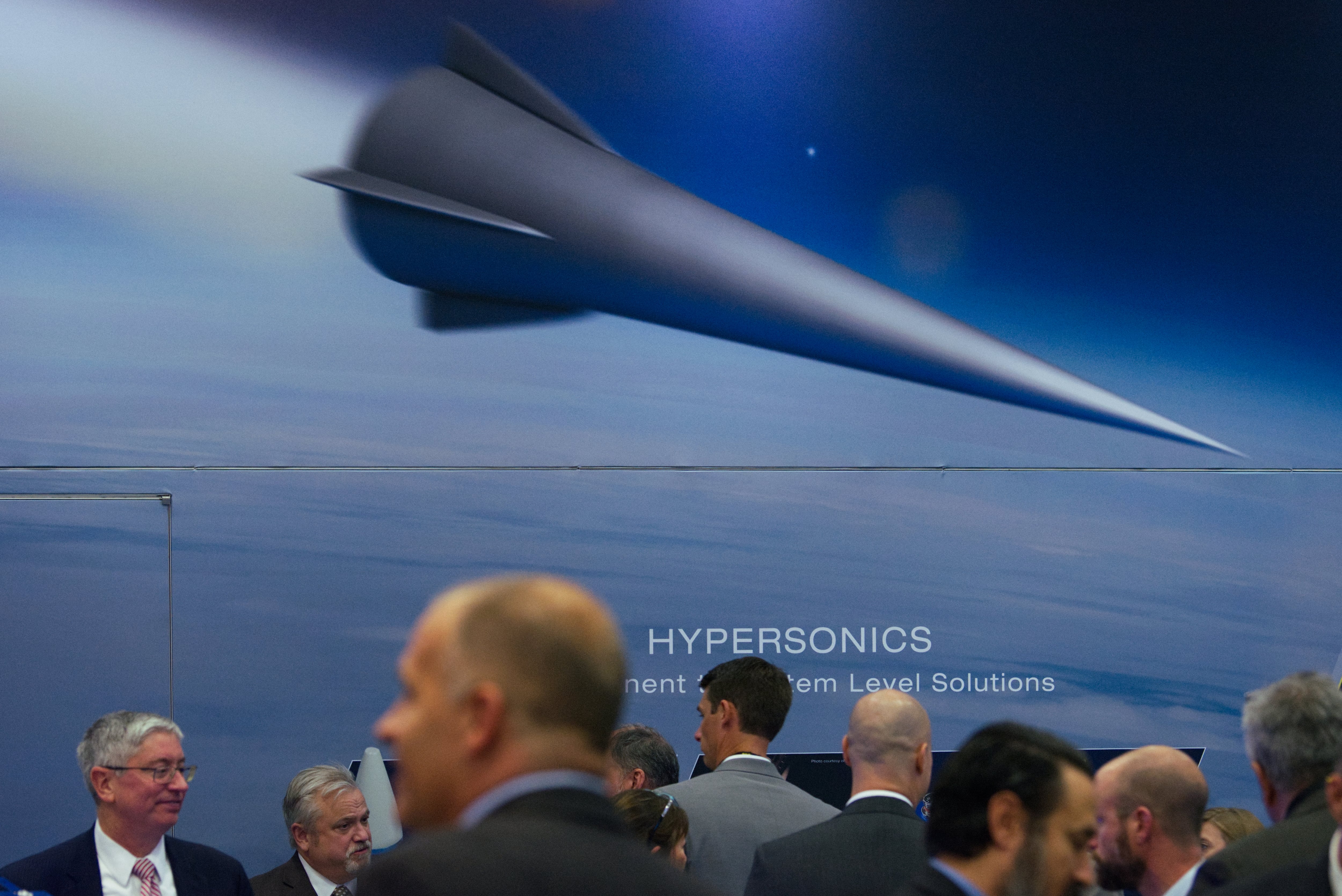WASHINGTON — The Pentagon wants to use an advanced technology process known as additive manufacturing to design and build hypersonic weapon and vehicle systems that can operate in extreme conditions.
As the U.S. Department of Defense looks to field its first hypersonic capability in fiscal 2023, officials emphasize the need to shore up the industrial base and ensure programs can smoothly transition from development to production. Through an initiative called Growing Additive Manufacturing Maturity for Airbreathing Hypersonics, or GAMMA-H, it’s targeting materials and processes used to build systems that travel and maneuver above Mach 5.
In a request for proposals issued Oct. 28, the department asked companies large and small, as well as academia, to submit prototype proposals for developing hypersonic components using additive manufacturing, which leverages computer-aided design software and often advanced materials to build components.
“We need to be pushing the envelope with materials produced using the additive manufacturing process,” Keith DeVries, deputy director of the Office of the Secretary of Defense’s Manufacturing Technology Program, said in a statement. “The science has proven it’s possible, but the practice is not widespread enough. GAMMA-H will encourage further adoption of groundbreaking technology.”
Because the parts used to build hypersonic systems must operate under extreme conditions, they require advanced specifications and materials that can withstand high temperatures and other mechanical stress. The premise of GAMMA-H is that additive manufacturing techniques could help improve the quality of those parts and reduce the number of components needed to build a vehicle or weapon.
The Navy is leading the effort in partnership with the Manufacturing Technology program office. Proposals are due Dec. 12, and the department aims to move through the selection process quickly, though it gave no timeline.
Speaking during the Defense News conference in September, Pentagon acquisition executive Bill LaPlante said the department and its industrial base need to focus on addressing these types of manufacturing challenges to prepare for increased production.
“You have very difficult materials issues, thermal management issues, aerodynamics issues,” he said. “And so, production is an art. And when you haven’t done it before or you haven’t done it for a long time, you have to relearn it.”
Courtney Albon is C4ISRNET’s space and emerging technology reporter. She has covered the U.S. military since 2012, with a focus on the Air Force and Space Force. She has reported on some of the Defense Department’s most significant acquisition, budget and policy challenges.





